Best XLR microphones: pro mics for filmmaking, podcasts and vlogging
What is the best XLR microphone? We choose the best XLR mics for videographers stepping up to pro audio gear
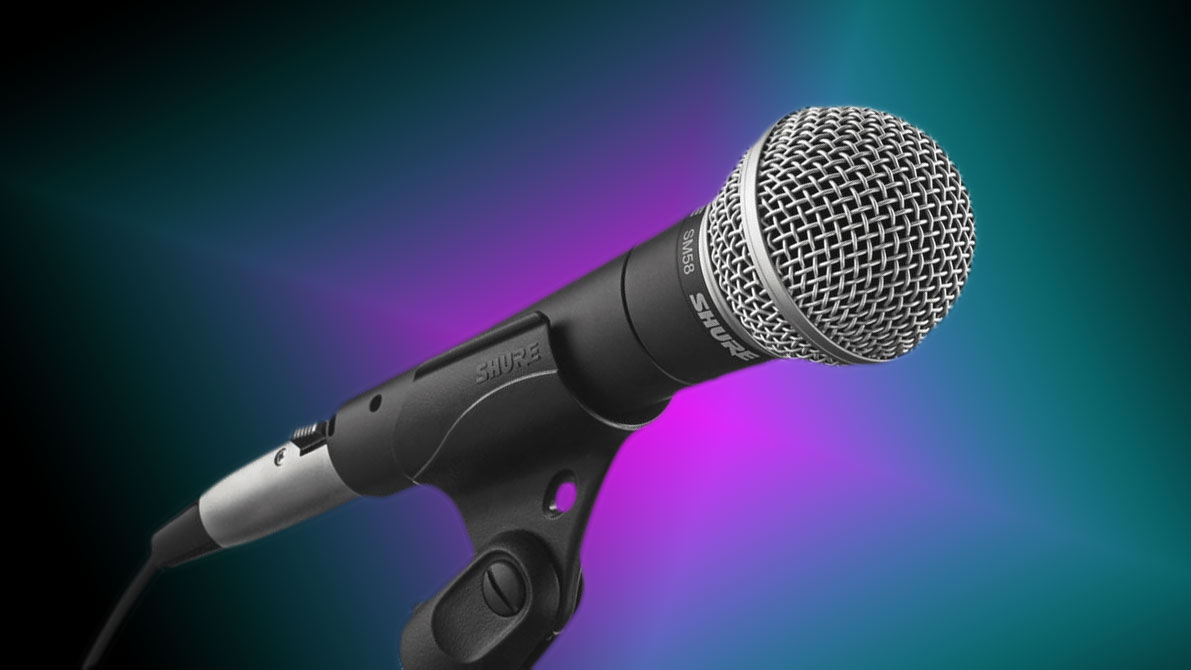
The best XLR microphones will help you take the next step in professional audio capture, and they can be just as important as any camera or lens decision. The first piece of kit we upgrade to when making creative content at home or in our workspace may be a new video camera, mirrorless, or webcam, but while this is an important part of the tech space, few often realise that decent audio is just as crucial.
Instead of relying on the in-built laptop mic, or falling back on the smartphones we have in our pocket to record audio, it’s vitally important to invest in a good quality professional microphone.
Most professional-grade microphones use the XLR connection because of its robustness and reliability. A solid latching mechanism and rubber insulation makes the XLR cable and connection very hard to dislodge or damage, so it’s no wonder audio, lighting, and video manufacturers use this type of connection for their pro kit.
Another alternative to simple 3.5mm mic connections is a USB microphone – but while these are great for those who have a simple home setup requiring a microphone for just one style of recording audio, for those that need more flexibility and better sound quality, an XLR microphone is the way to go.
There are a few general things to look for in an XLR mic. For the average user microphones can be broken down into two categories: dynamic and condenser. Dynamic microphones work similarly to loudspeakers and generally require more audio volume to record sounds, whereas condenser microphones run a low voltage across a diaphragm for increased sensitivity.
Polar patterns (which direction mics pick up from), attenuation pads, (reducing sensitivity) and low-cut filters (to reduce proximity effect) are all features that will make a big difference to recording quality, but not all microphones have these features, and there’s a wide breadth of price points to consider. So read on to find out which XLR microphone is best for you in 2021.
Best XLR microphones
Why you can trust Digital Camera World
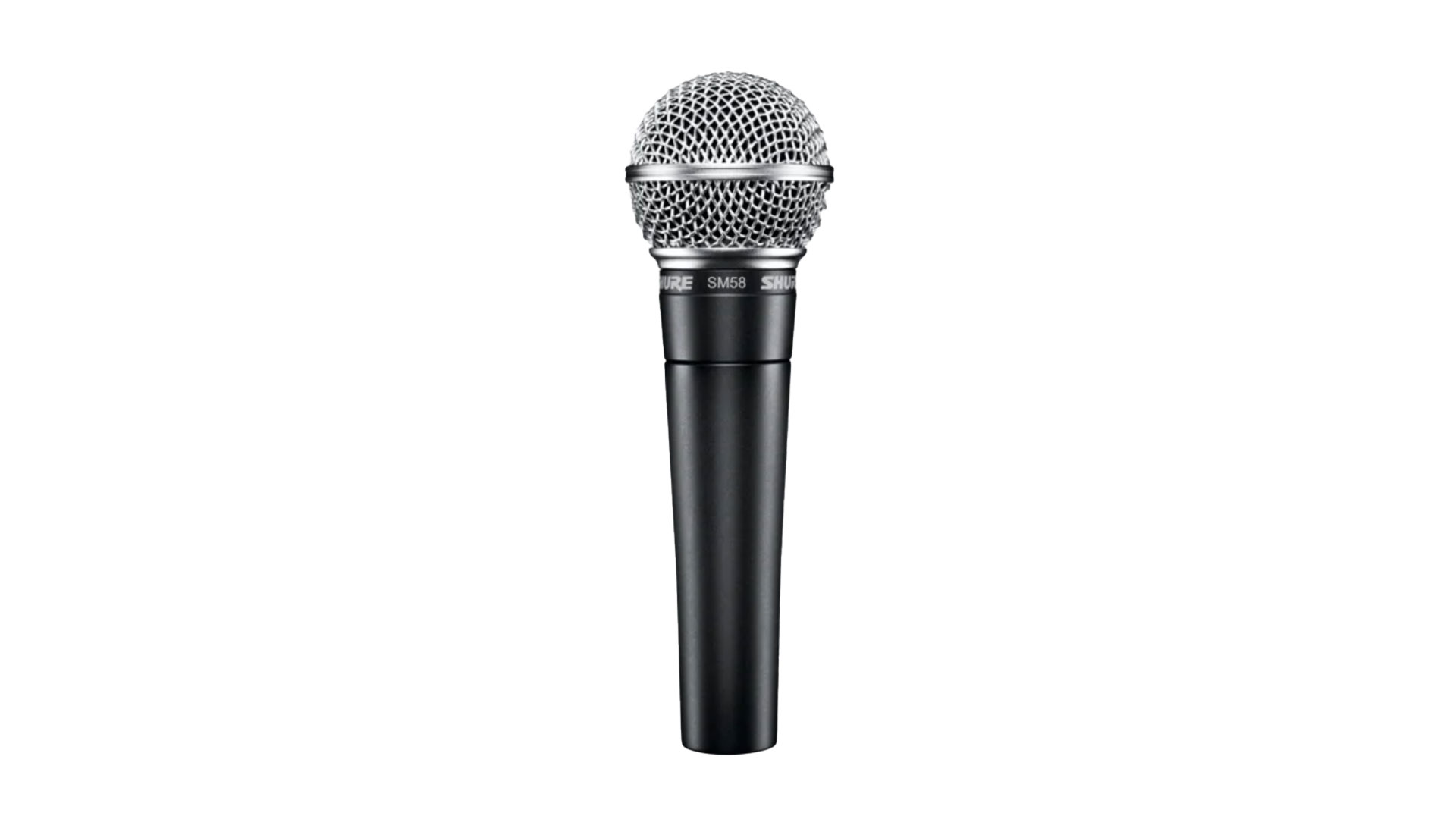
1. Shure SM58
Specifications
Reasons to buy
Reasons to avoid
The Shure SM58 has been around for 55 years, and used by many of the greatest musical artists and performers worldwide. It’s not the cheapest microphone out there, but is extremely inexpensive for what you get. It doesn’t require phantom power to run and has an in-built pneumatic shock mount system to reduce handling vibrations during use. Ideal for vocal work both on and off-stage, it’s one hell of a workhorse and can take a real battering. The cardioid (unidirectional) pickup pattern has a consistent frequency response throughout the axis and operates between 50 - 15,000Hz.
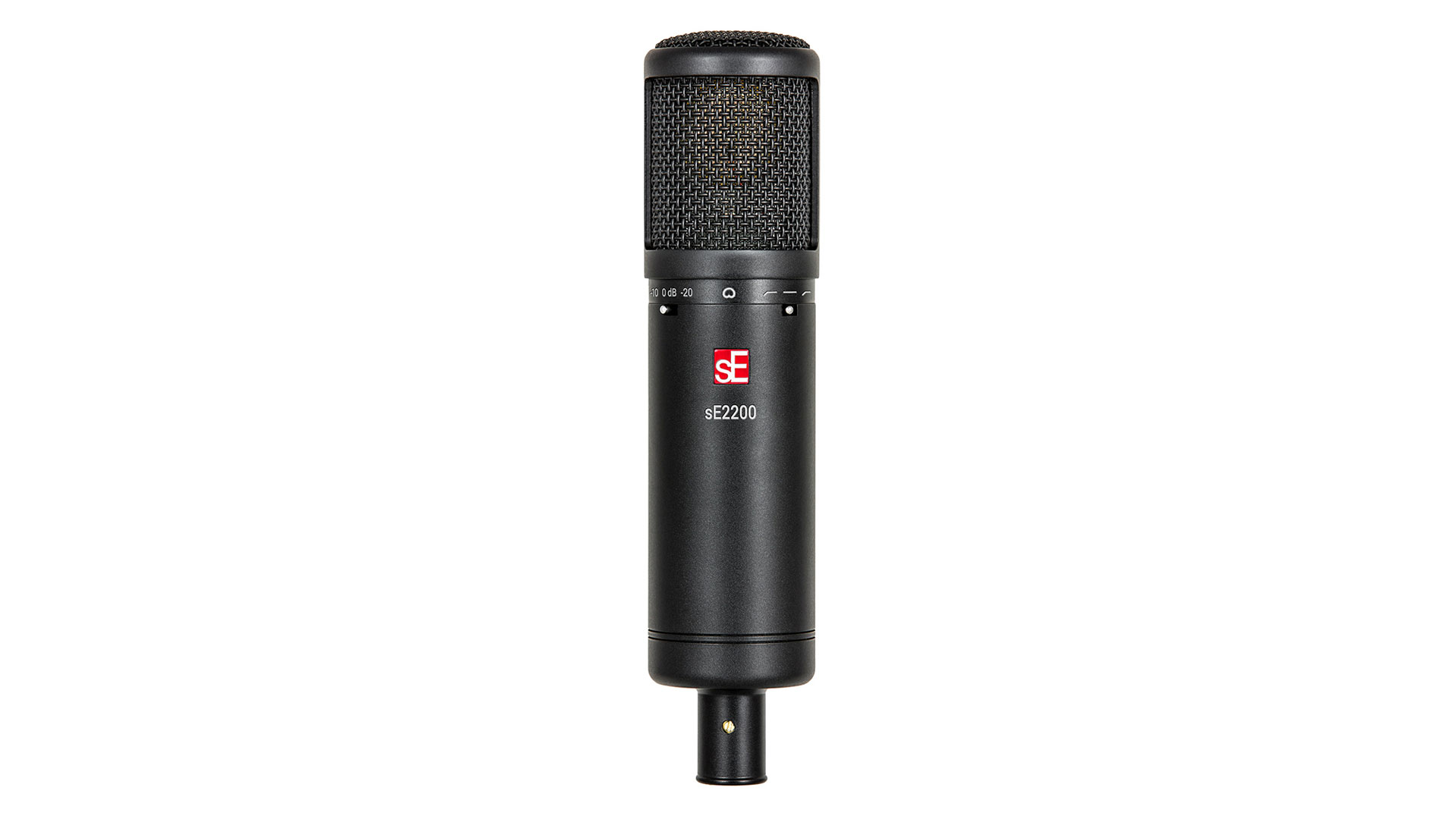
2. sE Electronics sE2200
Specifications
Reasons to buy
Reasons to avoid
Originally the choice of the student because of its low price, the sE2200 is now carried by audiophiles for even the biggest recording sessions. A 1” diaphragm condenser, the mic is capable of capturing even the softest of sounds. But if you need to record something extremely loud, like heavy guitar amps, the -10dB and -20dB pads on offer make this possible to a maximum of 145dB SPL with the latter pad engaged. Finished in a gorgeous metal body its good looks are also designed to reject electrical interference. The XLR input is also gold-plated for a strong connection. The sE2200 also includes two Low-Cut switches at 80Hz and 160Hz to reduce the proximity effect for close-mic situations.
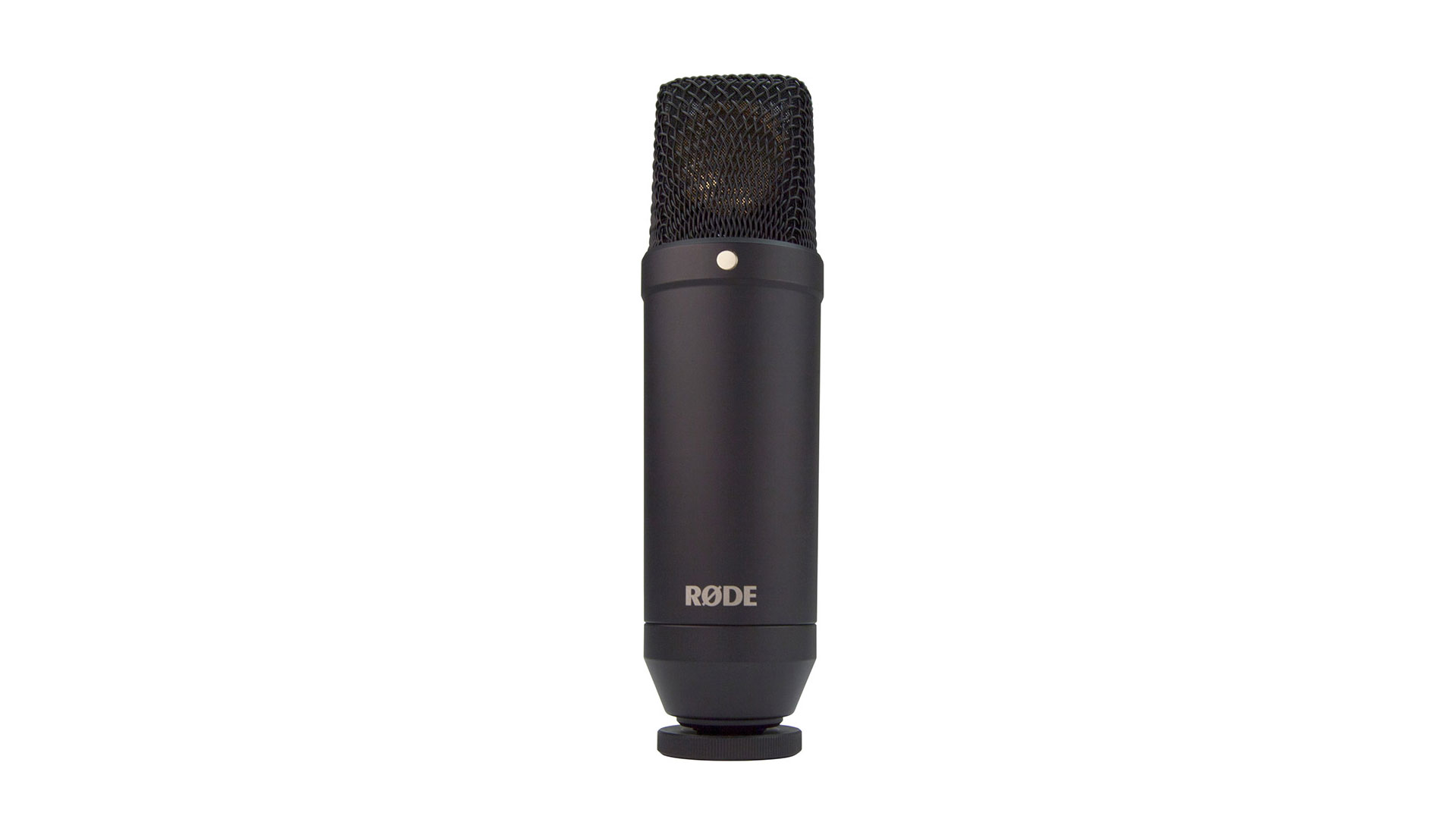
3. Rode NT1
Specifications
Reasons to buy
Reasons to avoid
Another sensitive 1-inch large diaphragm condenser, the NT1, although identical in looks to the older NT1-A, has been completely redesigned for better performance. It has a low 4dB Signal-to-Noise Ratio and features a gold-sputtered diaphragm for accurate audio rendition. The lack of switches/controls on the mic body make this the perfect no-fuss budget condenser for those who just want to get on with it. Handling noise and sibilance is reduced through the integrated shock mount and pop shield, respectively.
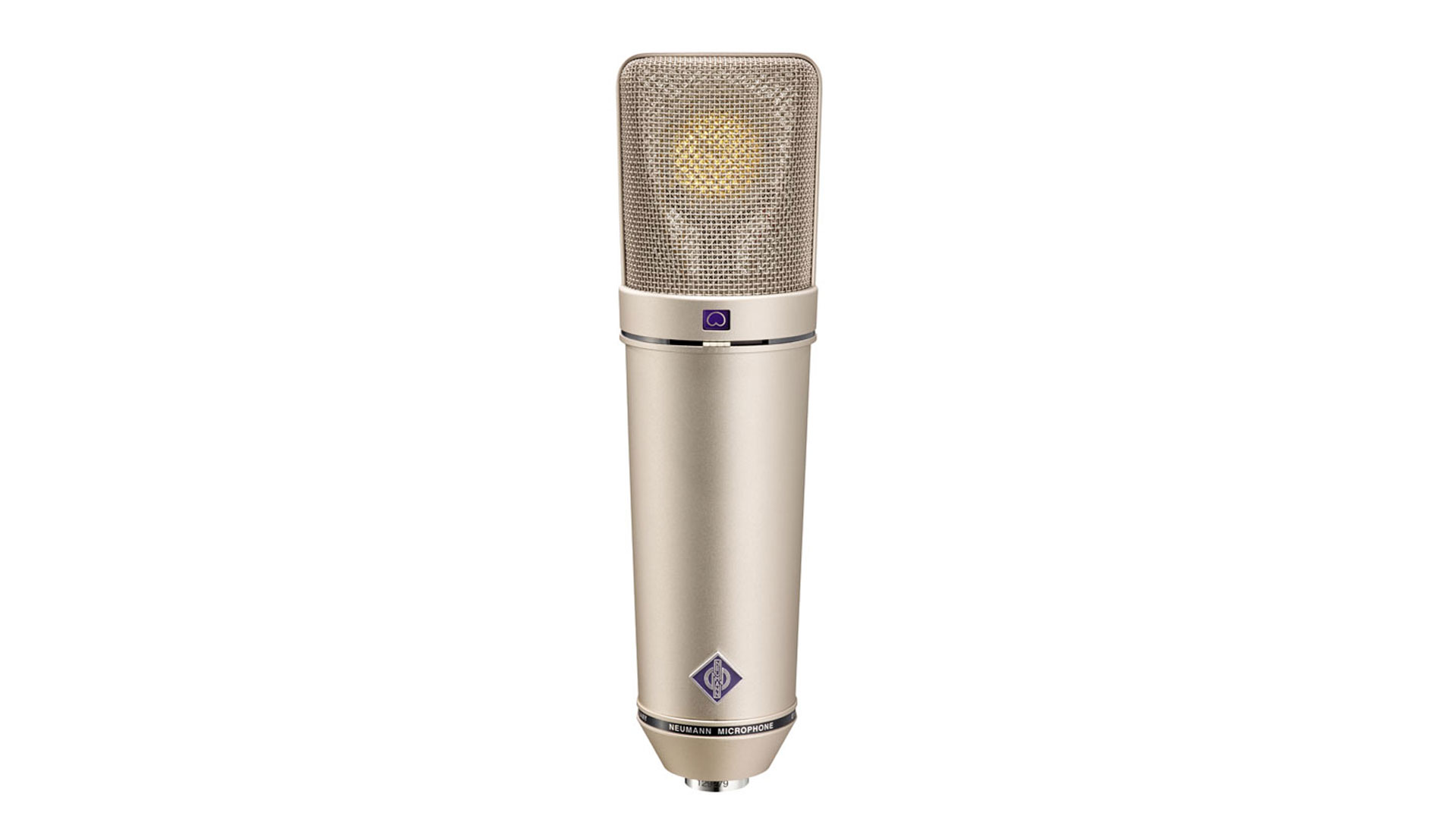
4. Neumann U87 Ai
Specifications
Reasons to buy
Reasons to avoid
An absolute staple in any studio’s arsenal is the U87 Ai. Known for decades as one of the best microphones for vocals, it’s also versatile for a number of musical instruments. It has three polar patterns to choose from: omnidirectional; cardioid; and figure-8 (bidirectional) making it ideal for many different recording positions. The switchable -10dB pad means it can also be used on louder sound sources, with a Low-Cut switch perfect at removing proximity effect sound or simply clearing up vocals. The iconic smoothness and clarity of the midrange means it’s ideal for voice overs, podcasts, audiobooks, and other vocal-led uses, but is equally at home in classical or jazz recordings.
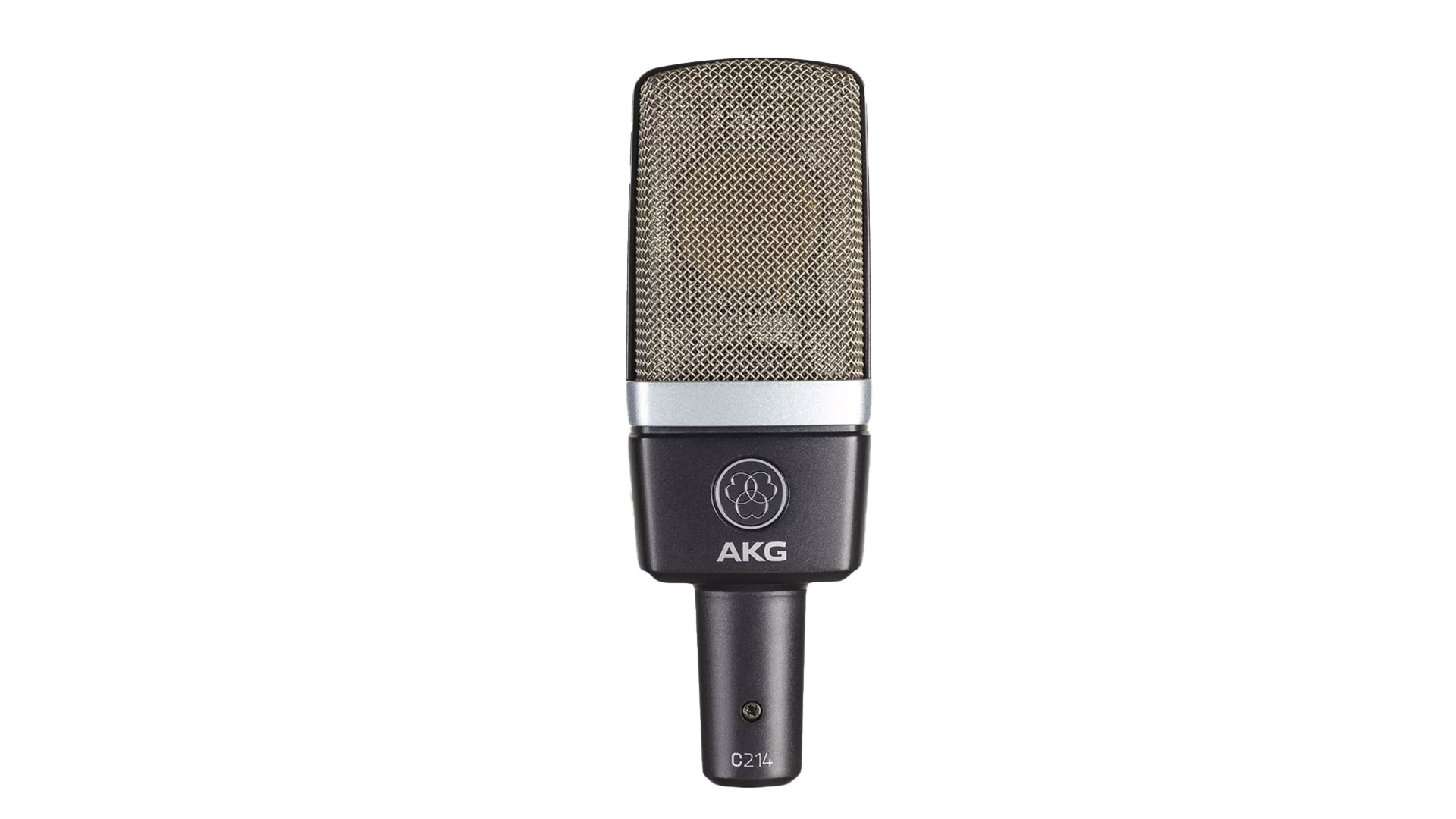
5. AKG C214
Specifications
Reasons to buy
Reasons to avoid
The C214, based on the sound of the C414 XLII but aimed at a more affordable price bracket, is a go-to microphone for anyone hoping to get high quality recordings at a reasonable price. It’s ideal for acoustic recording such as vocals, piano, strings, etc. It has the highest SPL of any condenser on this list making it suitable for any kind of sound source, either soft or loud. Priced only slightly higher than the Rode NT1 it does have a much more premium quality tone than its competitor, thanks to the C414 dual-capsule system and patented AKG Back-Plate Technology.

6. Audio-Technica AT2020
Specifications
Reasons to buy
Reasons to avoid
The XLR-only AT2020 is the least expensive microphone in this buying guide but still packs a punch when it comes to recording quality. The signal to noise ratio is slightly higher than some of its competitors and it lacks any control for pad or low-cut options. But what this no-frills mic does better than most is to open up professional-quality recording options to users that want high-end sound without the price tag. This mic is the one to go for if starting up a home-studio or wanting to get a decent mic for podcasting or voice-overs to accompany video work.
Read more:
• Best microphones (all types)
• Best mic isolation shields
• Best iPhone microphones
• Best mic boom arms
• Best audio recorders
Get the Digital Camera World Newsletter
The best camera deals, reviews, product advice, and unmissable photography news, direct to your inbox!
Jase Parnell-Brookes is an award-winning photographer, educator and writer based in the UK. They won the Gold Prize award in the Nikon Photo Contest 2018/19 and was named Digital Photographer of the Year in 2014. After completing their Masters Jase has spent a good chunk of two decades studying and working in photography and optics shooting and writing all over the world for big-name brands and media outlets. Now the Channel Editor for Cameras and Skywatching at Space.com their speciality is in low light optics and camera systems.

